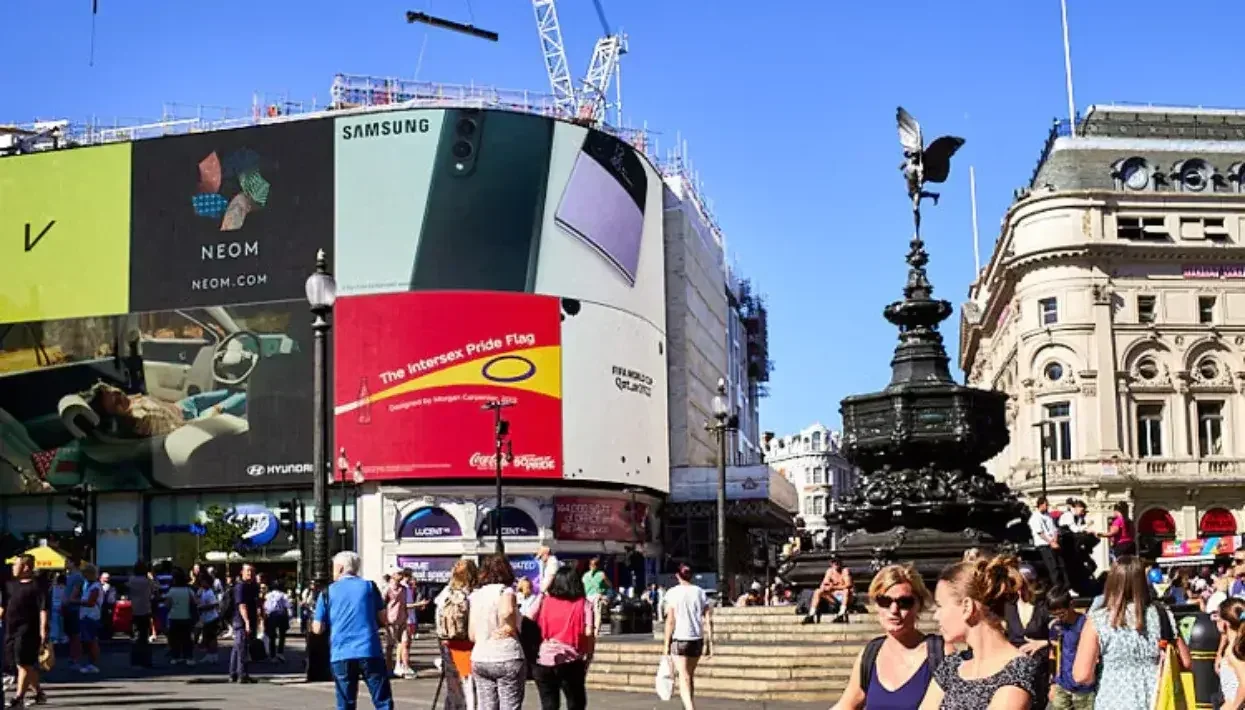Digital Printing
Outdoor Advertising
Signage
Sustainability
Digital signage boosts OOH advertising
Author
FESPA Staff
Published Date
21/10/2024
Become a FESPA Member
to Continue Reading
